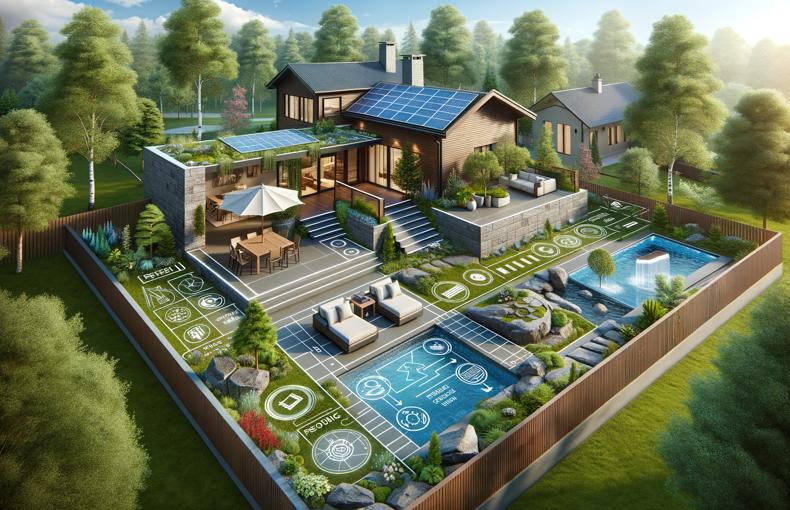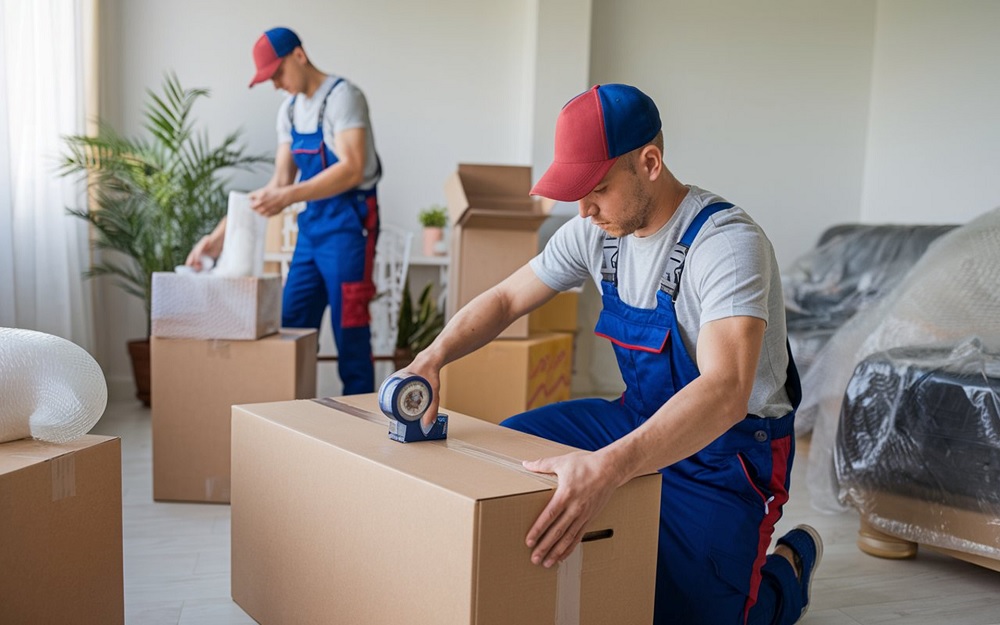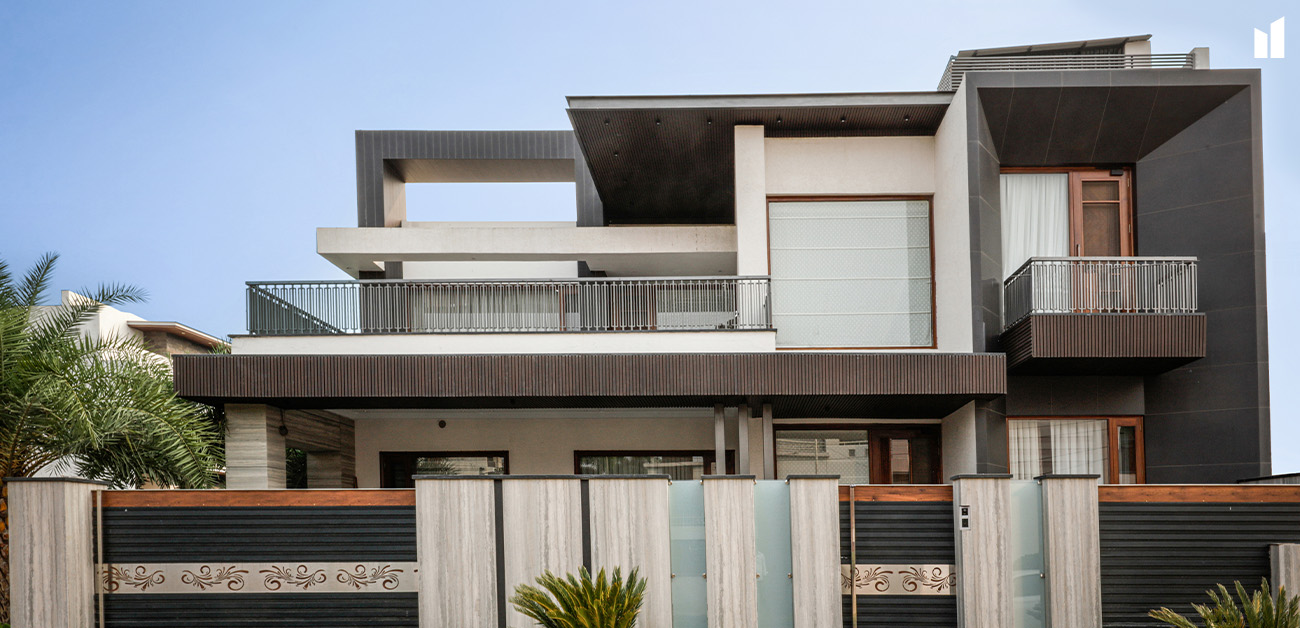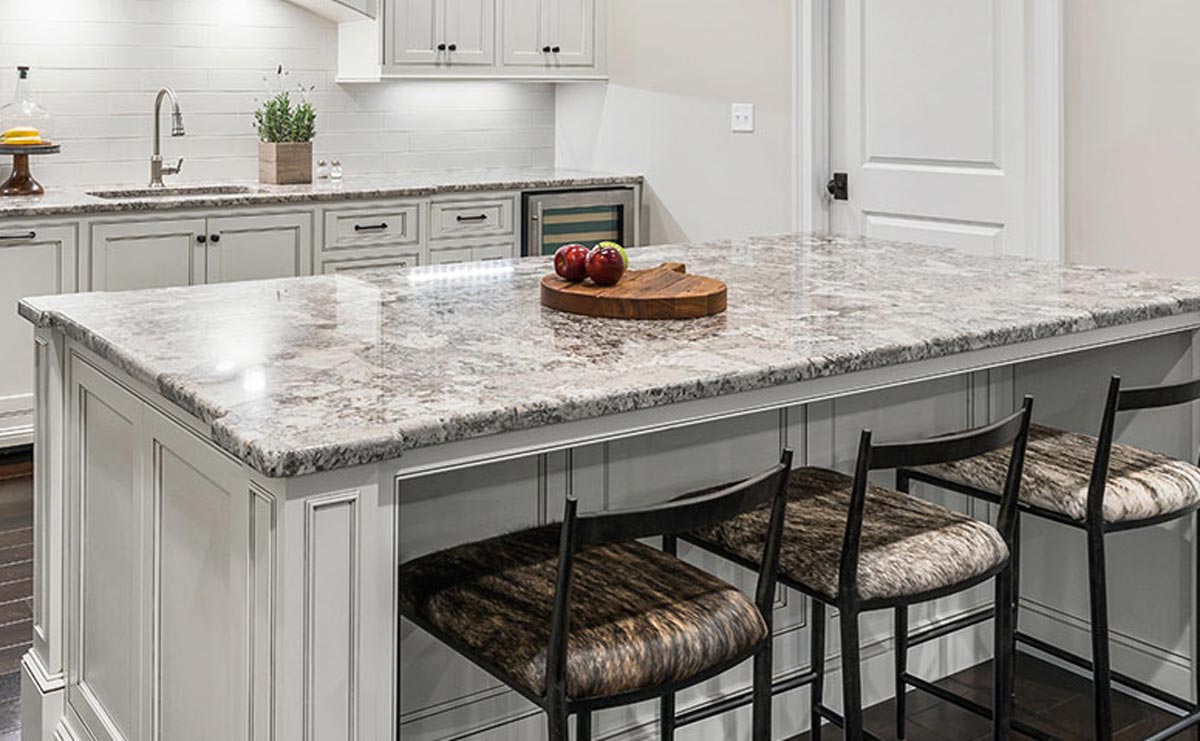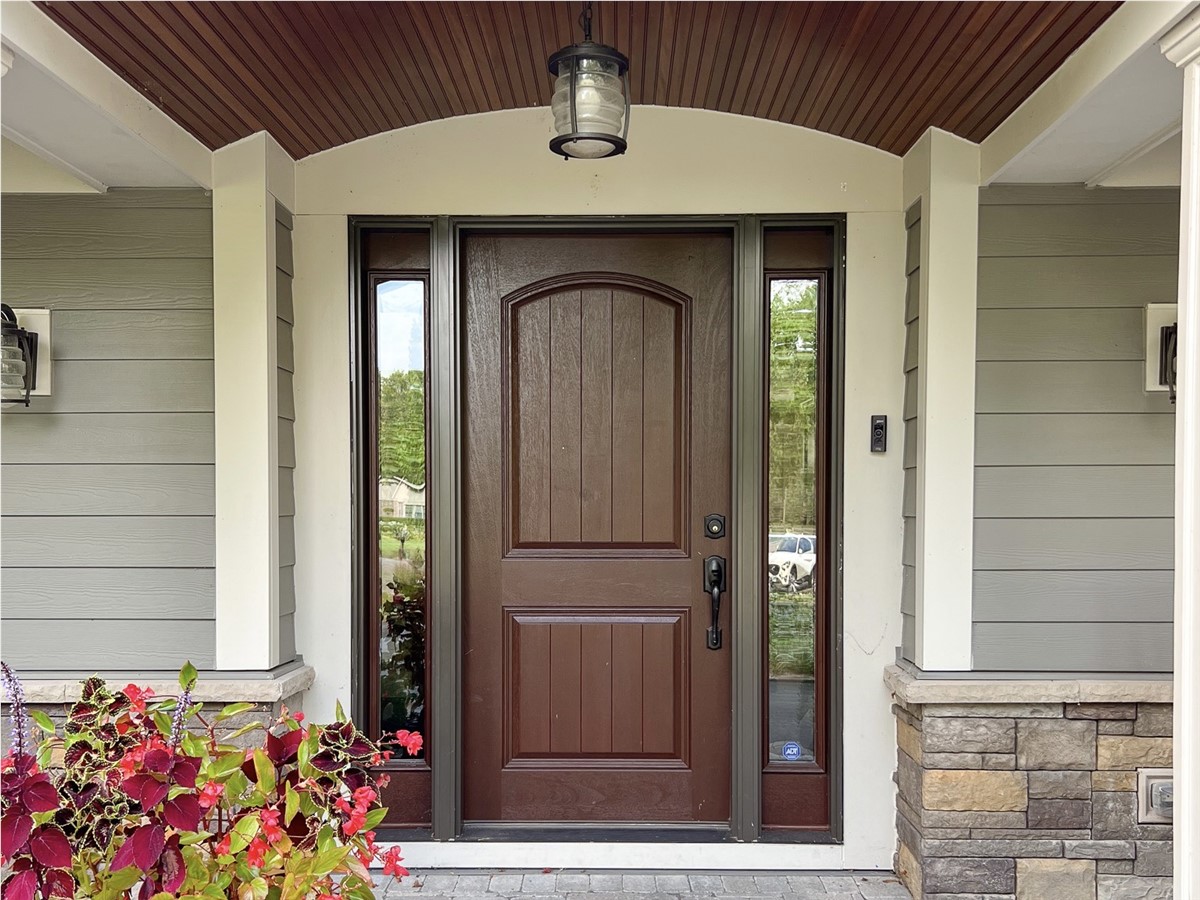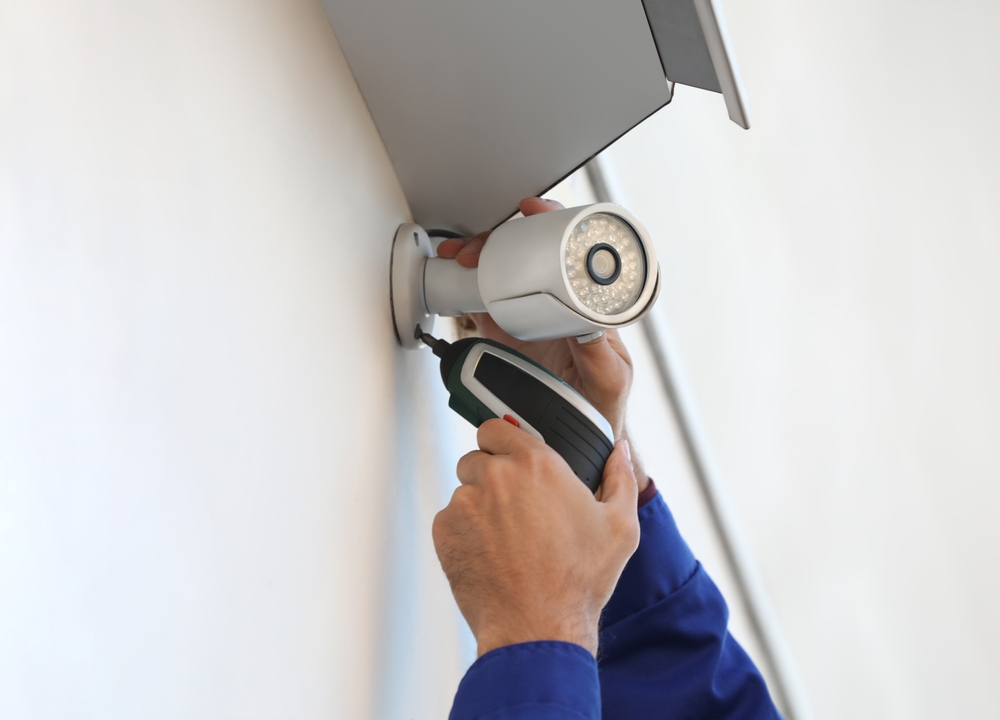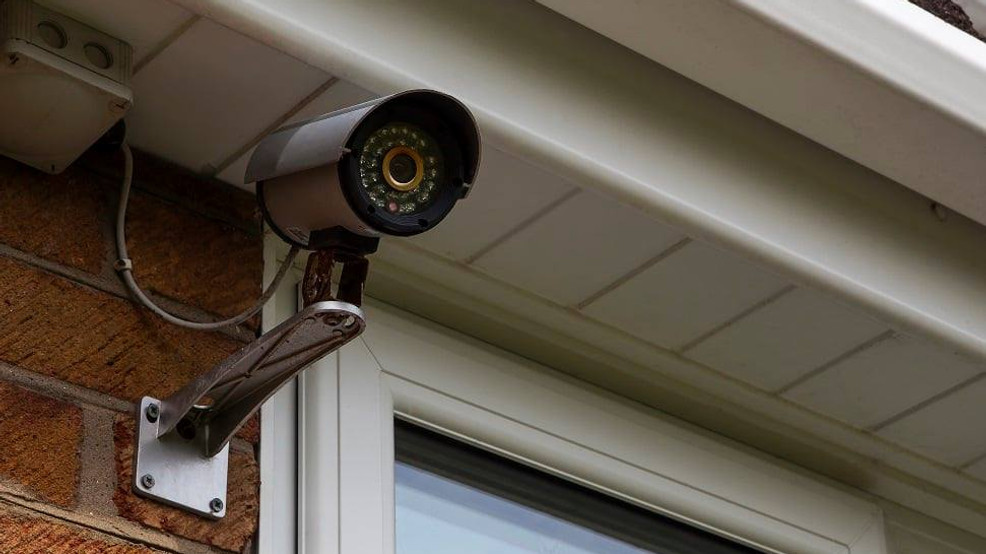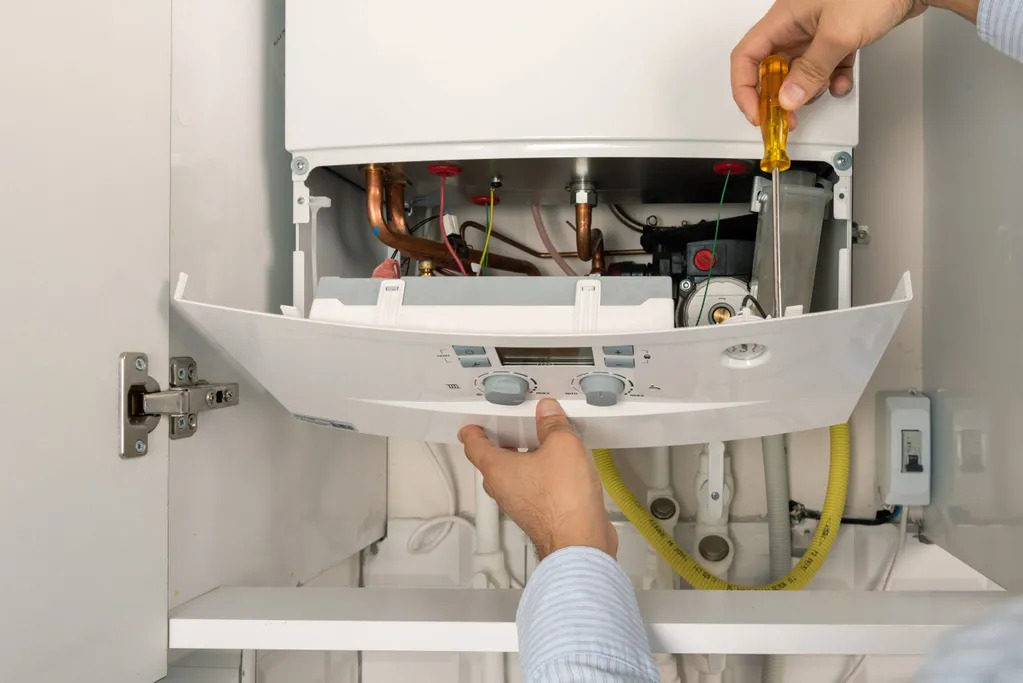Designing a custom home is an exciting opportunity, one that allows you to create a living space tailored to your tastes, needs, and long-term goals. While it can be tempting to focus solely on current preferences, the best designs take the future into account, ensuring that your home can adapt as your lifestyle changes. This thoughtful approach requires careful planning, foresight, and an understanding of how your living space might evolve over the years. Below are several key considerations to guide you as you design a custom home with a future-focused mindset.
1. Anticipate Family Growth and Changes in Lifestyle
When designing your home, consider how your family’s needs might change over the years. If you’re planning to start or grow a family, this is a crucial consideration. Opt for a flexible floor plan that can accommodate additional rooms or modifications as your household expands. Think about creating multi-functional spaces that can serve a variety of purposes. A guest room, for instance, could be repurposed into a nursery or an office as your family dynamics shift.
Another important aspect is aging in place. Even if this doesn’t seem immediately relevant, designing your home with accessibility features can ensure that it remains comfortable and safe as you or family members age. Features such as wide doorways, ramps, non-slip floors, and strategically placed handrails can go a long way in making a home adaptable to future needs without major renovations.
2. Embrace Sustainable and Energy-Efficient Solutions
The future of home design is increasingly centered around sustainability. Not only is it important for environmental reasons, but energy efficiency can significantly reduce long-term costs. When planning your home, consider incorporating green technologies such as solar panels, energy-efficient appliances, and smart thermostats. These can help minimize your carbon footprint while lowering your energy bills over time.
Another consideration is the orientation of your home. By strategically positioning your house on the property, you can take full advantage of natural light and passive solar heating. Large windows on the south side, for example, can warm your home in the winter while shading it in the summer. These thoughtful elements can reduce your reliance on artificial heating and cooling systems, ensuring that your home remains comfortable and cost-efficient throughout the years.
3. Plan for Future Technological Integration
As technology continues to evolve, it’s wise to design a home that can accommodate future innovations. While you may not know exactly what new technology will emerge, there are steps you can take to ensure your home is adaptable. Pre-wiring your home for high-speed internet, smart devices, and security systems is an excellent way to make sure that as technology advances, your home will be ready.
Incorporating universal charging stations, smart lighting systems, and high-tech entertainment features can also future-proof your home. It’s essential to think beyond the gadgets of today and consider how smart home technologies might continue to influence living spaces in the years to come. By planning ahead, you can avoid costly retrofits or the need for constant upgrades.
4. Prioritize Storage and Organization
A well-organized home is one that stands the test of time. As your lifestyle evolves, so too do your storage needs. Designing ample, flexible storage spaces is key to maintaining order in your home. Consider built-in shelving, hidden cabinets, and multifunctional furniture that can store items without taking up valuable floor space.
Plan for dedicated storage areas that can adapt to changing uses. For example, a basement or attic can initially serve as a storage area for seasonal items, but it might later be transformed into a home office, gym, or guest suite. The flexibility of your storage spaces allows you to reorganize your home as your needs evolve, ensuring that you don’t outgrow your living space too quickly.
5. Create Flexible Outdoor Spaces
Outdoor spaces offer great potential for customization, and they can be just as important in the long term as the interior of your home. When planning your outdoor areas, think about how you might want to use the space in the future. A patio, for example, could easily be transformed into an outdoor kitchen or a pool area as your family’s needs shift. Similarly, a garden could grow into a larger outdoor living area, or a simple lawn could become a playground for children or pets.
By designing outdoor spaces that can evolve with your family, you ensure that your home remains an inviting and functional place for years to come. Planning for future landscaping features or outdoor amenities adds value to your home and ensures that your exterior is as adaptable as the interior.
6. Invest in Timeless Design Elements
Trends come and go, but the elements that make a home feel timeless are what will carry it into the future. When selecting materials and finishes, opt for classic styles that won’t feel outdated in a few years. Natural materials such as wood, stone, and brick are not only durable but have a timeless appeal. Similarly, neutral color schemes provide flexibility and allow for easy updates over time.
Investing in quality construction and finishes will also help your home stand the test of time. High-quality materials tend to age better and require less maintenance, ensuring that your home remains in excellent condition for years. A timeless design approach provides the foundation for creating a home that is both enduring and easily adaptable.
7. Future-Proof Your Property’s Resale Value
Even if you plan to live in your custom home for many years, it’s essential to think about the future resale value of the property. Design decisions made today could impact how your home is perceived in the real estate market. By keeping market trends in mind and selecting features that are desirable to future buyers, you can ensure that your investment holds value in the years to come.
When designing your custom home, choose features that have broad appeal, such as energy-efficient systems, quality finishes, and flexible living spaces. These features will not only make your home a great place to live today but also an attractive property when the time comes to sell.
Conclusion
Designing a custom home with your future in mind involves balancing present desires with long-term planning. By considering factors like family growth, sustainability, technological integration, and flexible design, you can create a space that evolves with your needs. Thoughtful planning ensures that your home will continue to serve you well for many years to come, making it a true investment in both comfort and practicality. With careful attention to detail, your custom home can be a lasting sanctuary that meets your needs for years to come.

